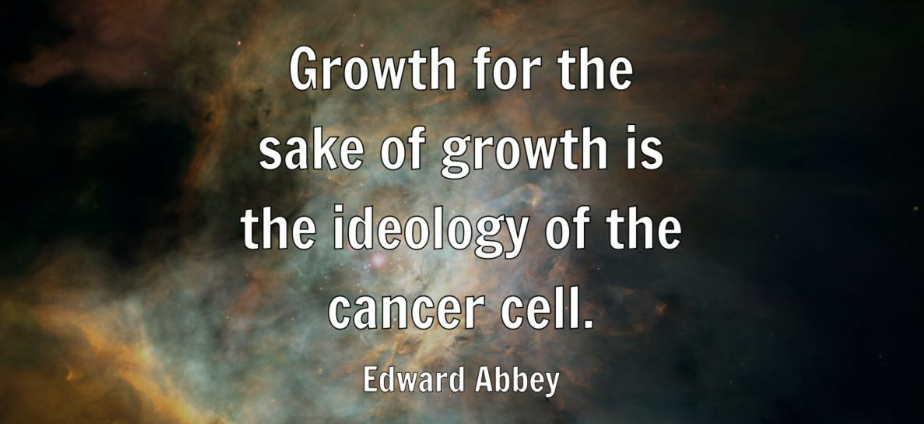
FRIDAY, MARCH 15, 2024: NOTE TO FILE

MPP Intro Musings
Maximum Power Principle, the proposed 4th law of energetics
Eric Lee, A-SOCIATED PRESS
TOPICS: MAXIMUM, FROM THE WIRES, POWER
Abstract: The maximum power principle (MPP) is a principle in open system thermodynamics that states that systems that maximize their flow of energy will tend to persist. Auto-organizing systems (e.g. life) persist that maximize power intake, energy transformation, and uses that reinforce production and efficiency. “Natural selection” doesn’t tell us what is selected for long term. The answer is what maximally empowers the system — a system of subsystems from living organisms (and their subsystems) to the biosphere. If one subsystem, e.g. a cancer cell, goes rouge to maximize its power, it destroys the body it is part of (and then itself) and thereby fails to maximize the power of the organism it fails to serve as a normal cell that lives within limits.
Coos Bay (A-P) —To paraphrase Edward Abbey, perhaps “MPP/MEPP/MEP is the ideology of the cancer cell,” but up to 12% of people with metastatic pancreatic cancer have a 5-year survival rate if treated (vs 3–6 months). Persistence involves ending metastatic growth without killing the patient. Solutions to wicked problems may well seem and be wicked to cancer cells.
Some experts believe that the maximum power principle is why modern humans are doing and must do what they do:
‘Humans are programmed to consume resources as much and as fast as they can…. Humans are not conditioned by nature to live in balance with their ecosystems…, the general behavior is to consume as much resources as they can.…humans will attempt all ‘green’ methods while burning FFs [fossil fuels] and biomass. Involuntary cessation is the rule for the vast majority. You can bet your house on that! Can’t lose. MPP is the rule for all life” [i.e. we have to grow the economy, stupid]. Is there something wrong with humans? Not really. Nature ‘’wants’’ them to… consume as much resources as they can.’
But living within limits is the evolved rule for all K-strategists who persist by maximizing empower of the system they are subsystems of long term. The interpretation of MPP as a determiner of modern human behavior (or that of rat/mouse domesticants) neglects to note that for over six million years of hominin evolution, humans did not lay waste to the biotic system that they depended on by maximizing population, by rapaciously pursuing the short-term self interests of individuals/groups. BUT MODERN HUMANS DO. [So to make the quote above ring true, add ‘modern’ in front of ‘human’. Is there something wrong with modern expansionist humans? Yes, really.]
The expansionistic form of human arose 75k years ago (our Y chromosomes tell us so):
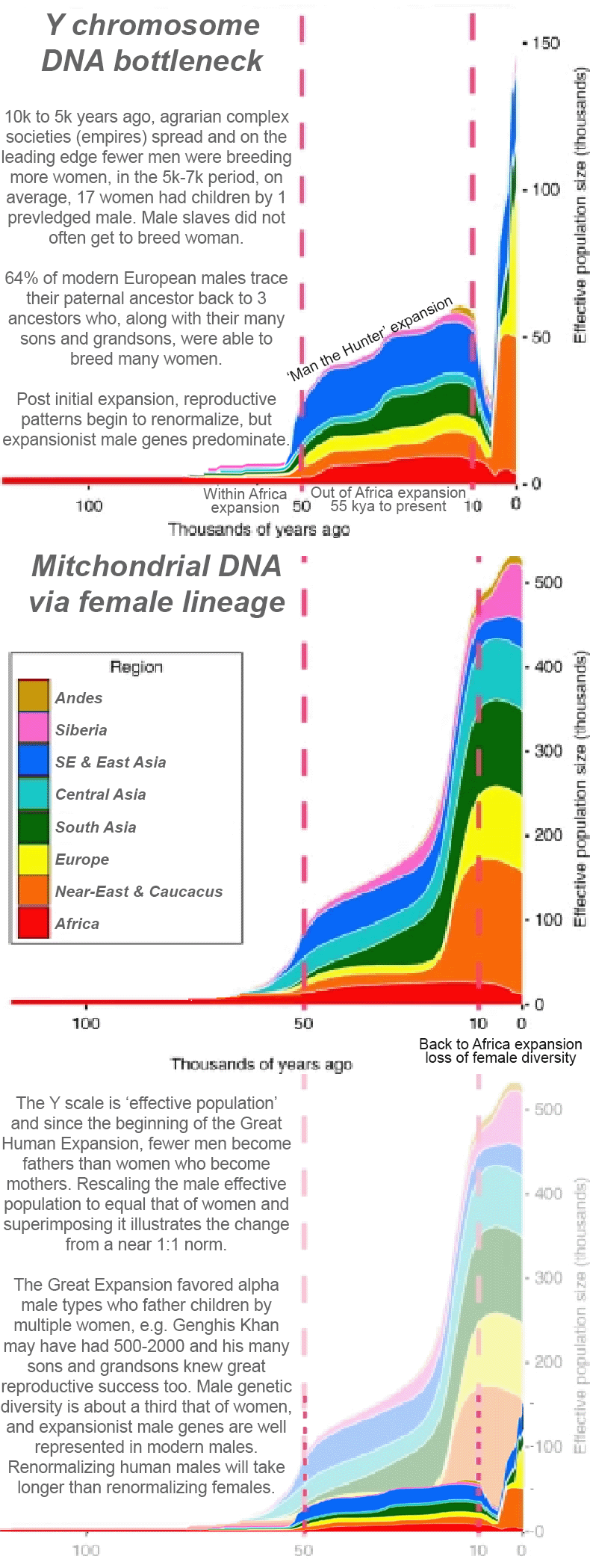
As an obligate expansionist (as evidenced by the last 75k years) we have been enthusiastically maximizing power throughout "our" Anthropocene, in all due short-term self interest during our global expansion, especially out of Africa and Eurasia where fauna had adapted to human predation. Our trophies include 178 species of megafauna, most by 11k years ago (modern human consensus storytellers only accept that the recent New Zealand megafauna extinctions were caused by humans — climate change is commonly suspected for most of the others, e.g. in the Americas, Australia, Madagascar).
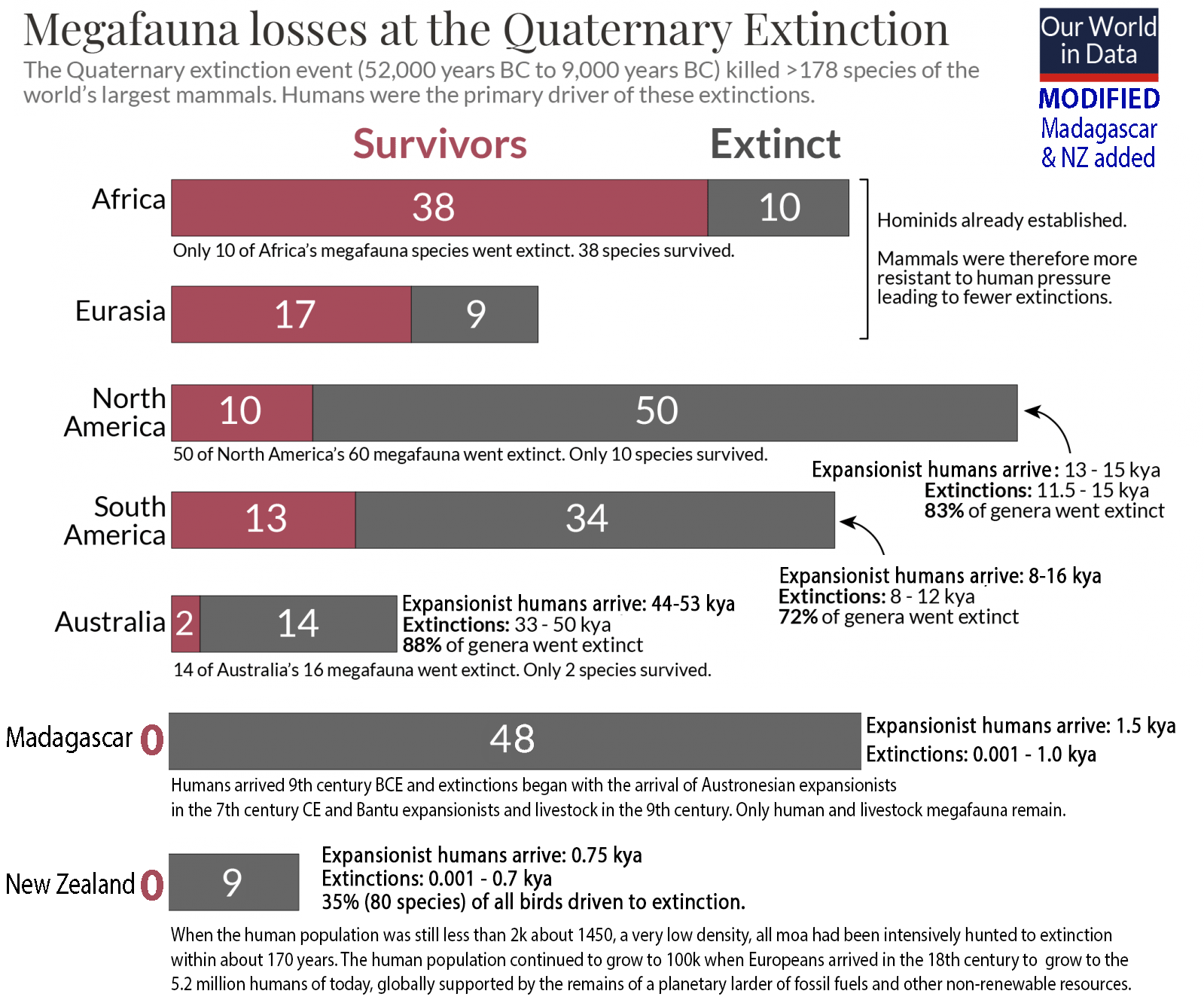
For some (perhaps no good) reason, hominin megafauna not included, so add six or more if including subspecies.
Note that Madagascar is the world writ on a smaller temporal/area scale. It was inhabited by pre-expansionist humans (K-strategists) for 1500 years with no associated megafauna extinctions before expansionists arrived, “displaced” them, and in 1400 years had done what the expansionist form of human had elsewhere — for some reason MPP did not force the original normal humans to behave like modern humans.
Homo erectus spread out of Africa about 1.9 million years ago, and Homo sapiens (Heidelbergensis) spread out of Africa over a million years ago and evolved into a subspecies about 500k-300k years ago (e.g. Neanderthal, Denisova, unnamed West African and East China subspecies, while elsewhere in Africa Homo sapiens subspeciated into Homo sapiens sapiens).
During the Great Human Expansion, all remnant populations of Homo erectus (e.g. on Flores Island), Homo sapiens, all other Homo sapiens subspecies, and all pre-expansionist Homo sapiens sapiens except for the San, Hadza, Pygmy, and Sandawe (culturally the Pygmy and Sandawe have been largely assimilated by the modern human collective and San and Hadza with culture intact number less than 10k total — maybe 400 Hadza left) were “displaced” (made to go away) by hominins like us who can believe in MPP (normal humans were not domesticated to serve ideology and technology).
All modern humans descend from a small population of the Africa form of human (Homo sapiens sapiens) 75k years ago characterized by rapid replacement of all other hominins including other H.s. sapiens, none of whom are associated to megafauna extinctions nor the rapacious taking of environmental resources (short-term MPP such as metastatic cancer is an expression of within somatic systems). Evolution selects only for long-term MPP (dissipative systems like metastatic pancreatic cancer and modern human empire building are not evolvable — the information within the cancer/empire is functionally lost, not selected for).
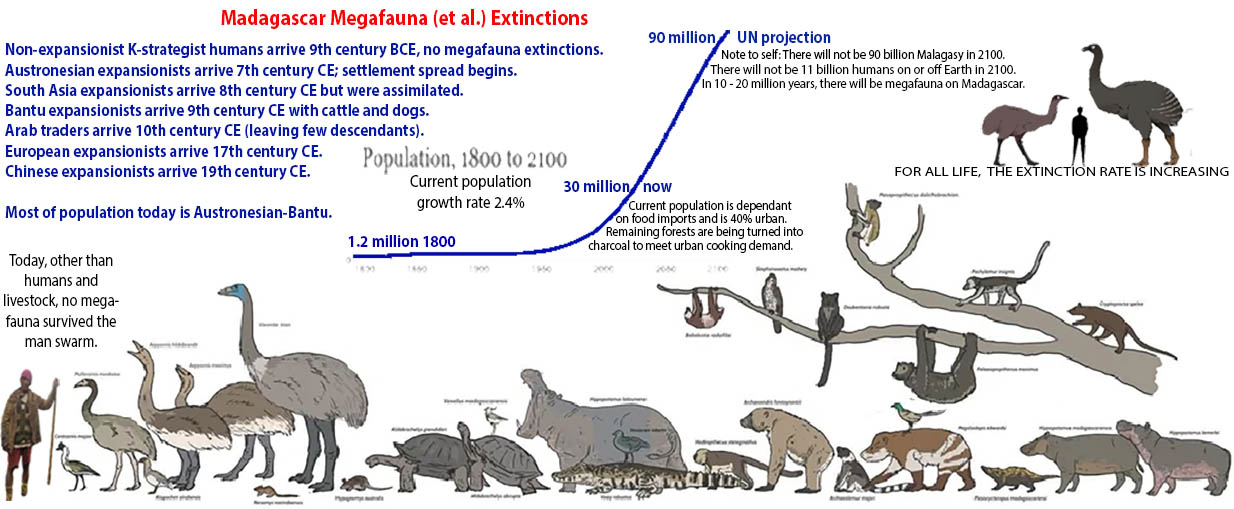
John B. Calhoun’s first ‘rats of NIMH’ experiment involved normal K-strategists, wild Norway rats (not the domesticated rats of latter experiments). His conjecture was the the wild rats, within a large (1000 m²) predator exclosure, given illimitable food/water/nesting materials, would grow their population like modern human domesticants (see Rogue Primate, John Livingston) always do. and soon reach a population of 5,000 where too many rats could cause issues.
But they were normal K-strategists (subject to high predation in nature and so having to potential to rapidly increase their population as needed). From four females, their population rapidly grew to about 200 initially, then in response to increasing stressors (GAS — link above) their population declined to about 150 and remained there [‘involuntary cessation’ is a K-strategist evolved norm to prevent exceeding carrying capacity, even though doing so fails to maximize power short term].
Twelve to thirteen colonies of about 12 rats each persisted under a level of stress that was tolerable, but as predation was excluded, the rats were forced to live under abnormal conditions. Wild rats living under normal conditions would have been more functional (not under constant overdensity stress causing fighting between colonies).
How they would evolve to Calhoun’s conditions as the millennia passed has not been tested, but Polynesian rats have often found themselves on predator-free islands and can have litters of 1–4 pups spaced far enough apart to maintain their population within island carrying capacity, unlike modern r-culture expansionistic humans.
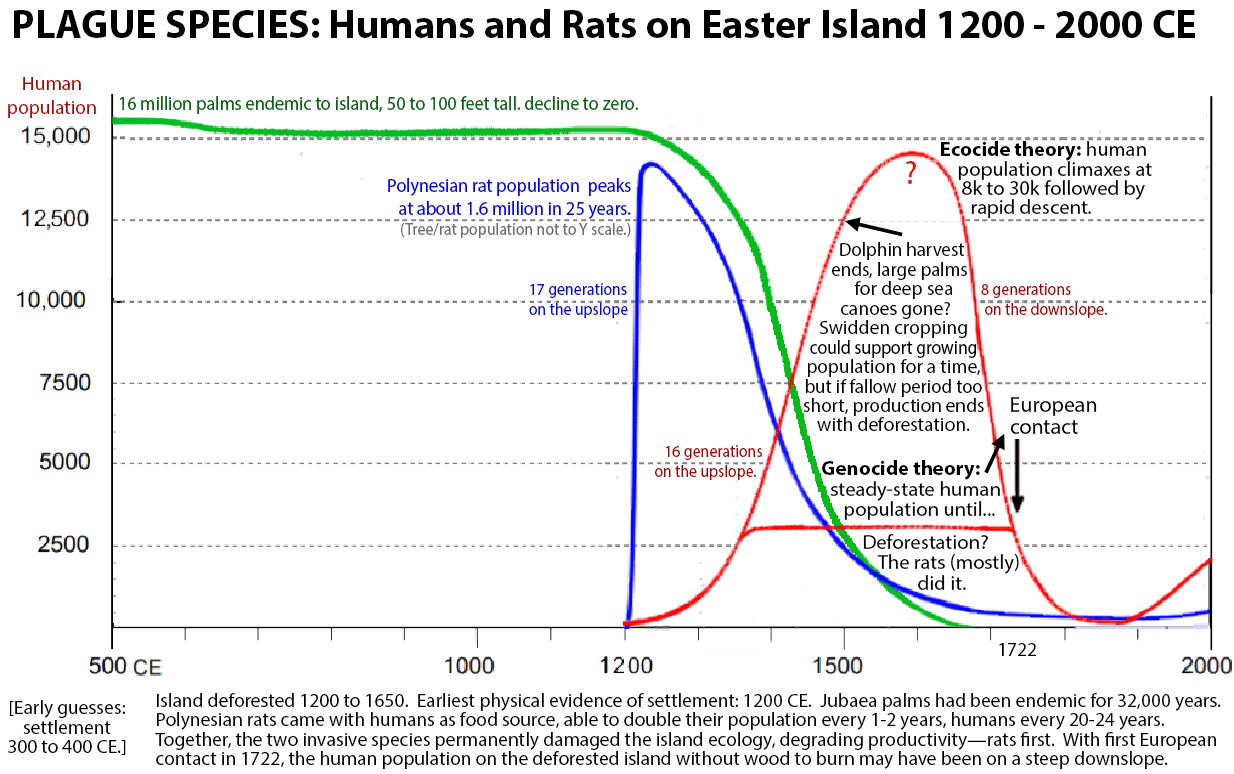
Modern humans write (imagine) history. The rats (nature) may have a different story to tell if we moderns could hear it.
So, after intros come more words:The Proposed Fourth Law of Energetics.

